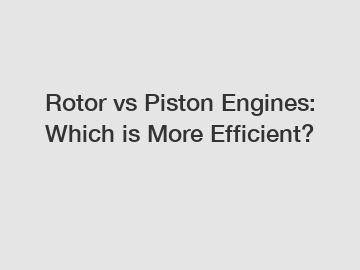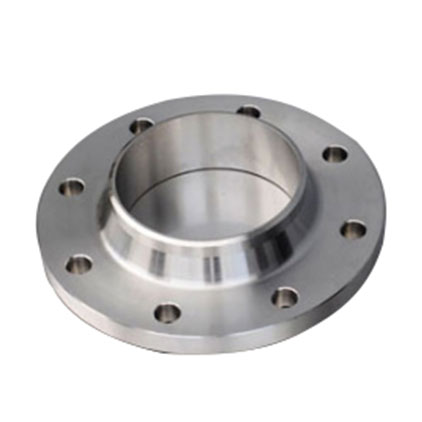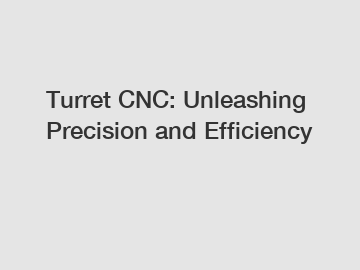Is riveting cheap?
Riveting is a process used in a variety of industries, including construction, manufacturing, and automotive, to join two or more materials together. The process involves using a rivet, a cylindrical fastener with a head, which is inserted into a hole and then deformed to secure the materials in place. Riveting is known for its strength, reliability, and durability. However, one common question that arises is whether riveting is a cheap option compared to other methods of joining materials.
Cost of Riveting Process.
Riveting is considered to be a cost-effective method of joining materials when compared to techniques such as welding or adhesive bonding. The initial cost of purchasing rivets and a riveting tool may be higher than other fasteners, but the overall cost of the process is relatively low. Riveting requires minimal training and simple equipment, making it an accessible option for many industries.

Riveting is also a fast and efficient process, which can lead to cost savings in terms of labor and production time. Unlike welding, riveting does not require heat, which can be costly and time-consuming. Additionally, riveting can be easily automated, further reducing labor costs and increasing efficiency.
Strength and Durability.
One of the key advantages of riveting is its strength and durability. When properly executed, riveted joints can withstand significant loads and vibrations, making them ideal for applications where joint integrity is critical. Rivets can also provide a more permanent and tamper-resistant connection compared to other fasteners.
Furthermore, riveted joints are less likely to loosen over time, as the deformation of the rivet creates a tight fit between the materials. This can result in lower maintenance costs and longer service life for the finished product. In comparison, mechanical fasteners like screws or bolts are more prone to loosening due to factors such as vibration or thermal expansion.
Versatility of Riveting.
Riveting is a versatile process that can be used with a wide range of materials, including metal, plastic, and composites. This versatility makes riveting an attractive option for industries that work with diverse materials or require joints with specific characteristics. Rivets come in various sizes, materials, and configurations, allowing for customization based on the application requirements.
Additionally, riveting can be used in various environments, including high-temperature or corrosive conditions, where other joining methods may fail. The strength and reliability of riveted joints make them suitable for challenging applications where safety and performance are paramount.
Conclusion.
In conclusion, riveting is a cost-effective, strong, and versatile method of joining materials that offers numerous advantages over other fastening techniques. While the initial equipment investment may be higher, the overall cost of the riveting process is relatively low, especially when considering labor and production time savings. The strength and durability of riveted joints make them ideal for applications where joint integrity is critical, and their versatility allows for use with a wide range of materials and environments.
If you are interested in learning more about riveting or have any questions about the process, please feel free to contact us. Our team of experts is ready to assist you with your riveting needs.
For more dc motor stator and rotor, stator and rotor in dc motor, dc motor statorinformation, please contact us. We will provide professional answers.
Related Articles









Comments